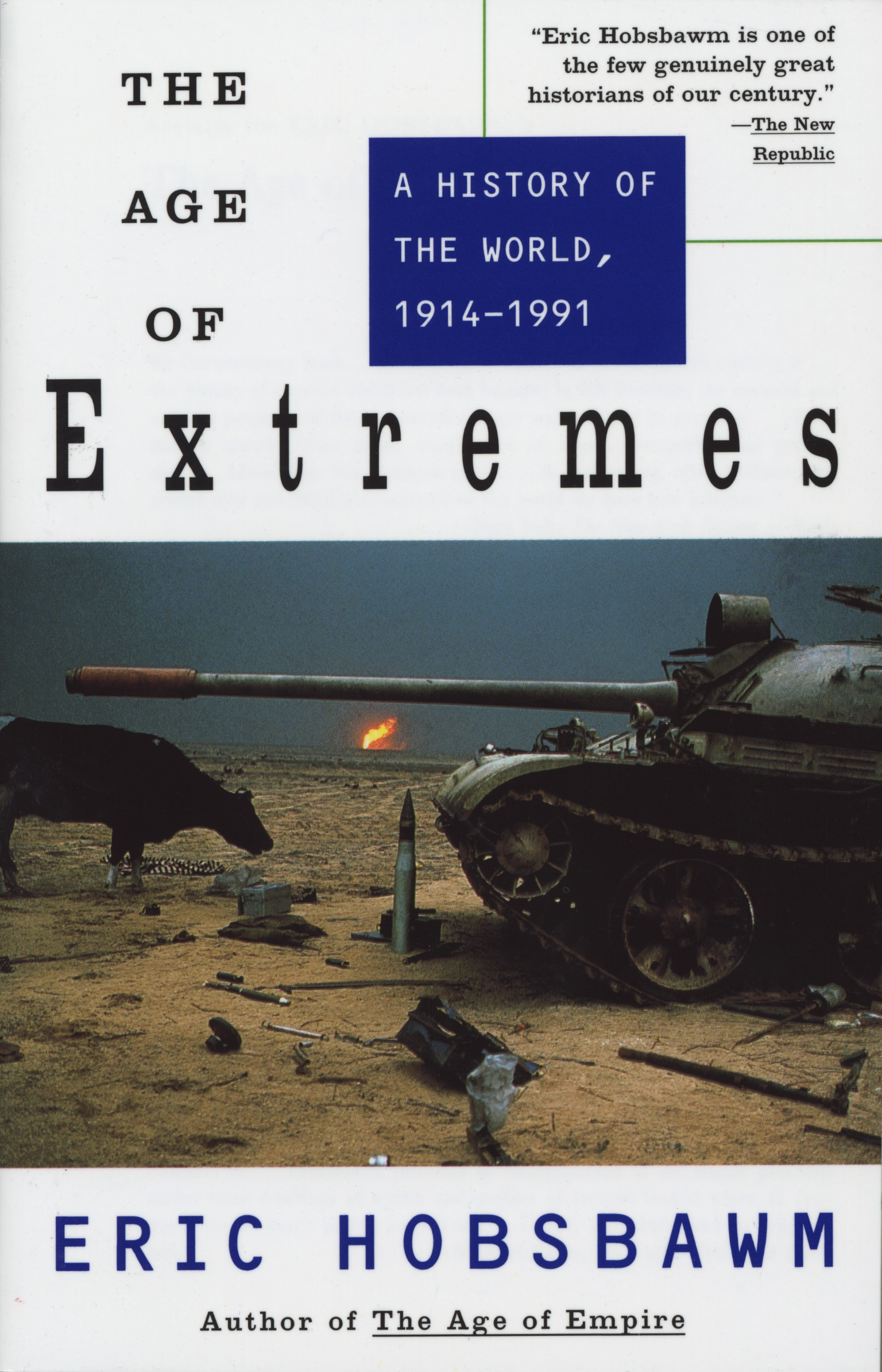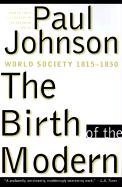
Modern Times: The World from the Twenties to the Nineties
Book Description
Two world wars, a devastating depression, and a cultural revolution—welcome to a century that reshaped humanity. Paul Johnson's 'Modern Times' unravels the tumultuous tapestry of global events from the roaring twenties to the gritty nineties. Portraits of power, ideology, and art collide in this vivid exploration of how individuals and nations battled for identity and meaning against the backdrop of chaos. Every page pulses with urgency as the world teeters between hope and despair, innovation and destruction. What choices define a generation, and how do echoes of the past reverberate into the future?
Quick Book Summary
"Modern Times: The World from the Twenties to the Nineties" by Paul Johnson comprehensively examines the political, economic, and social upheavals that defined the 20th century. Johnson provides a sweeping narrative beginning with the aftermath of World War I, exploring the rise of totalitarian ideologies, the devastation of the Great Depression and World War II, the ideological clash of the Cold War, and the transformative effects of science, technology, and culture. Through richly detailed accounts of leaders, revolutions, and global events, Johnson illustrates how modernity brought both progress and chaos. The book delves into the moral and philosophical questions raised by rapid change, considering how individual choices, collective movements, and unexpected innovations shaped the modern world, setting the stage for the challenges and opportunities of the late 20th century.
Summary of Key Ideas
Table of Contents
The Rise and Impact of Totalitarian Regimes
Paul Johnson opens "Modern Times" by examining the turbulent transition from the old world order to the modern era after World War I. The collapse of empires and the erosion of traditional values made way for radical new ideologies. Johnson describes how fascism, communism, and nationalism rose to prominence, often as responses to social fragmentation and disillusionment with liberal democracies. These movements were bolstered by charismatic leaders who exploited uncertainty and fear—a pattern vividly exemplified by Lenin, Stalin, Mussolini, and Hitler.
The Economic Shocks and Recoveries of the 20th Century
Economic instability is another core theme, with Johnson providing detailed analysis of the Great Depression’s worldwide impact. He argues that economic hardship destabilized societies and paved the way for extreme political movements. The book charts how Western nations sought recovery through interventionist policies, while the Soviet Union pursued state planning with tragic consequences. Johnson evaluates the postwar economic miracle and highlights the uneven benefits of prosperity, noting the persistent challenges of inflation, poverty, and the shifting role of work and industry.
Ideological Conflict and the Cold War
The ideological duel between democracy and communism shaped global affairs for much of the century. Johnson chronicles the ideological and military standoffs of the Cold War, from the formation of NATO and the Warsaw Pact to the Korean and Vietnam Wars. He underscores the arms race, nuclear brinkmanship, and propaganda that defined this era, as well as moments of détente and the eventual unraveling of Soviet power. Through these events, Johnson explores how ideological convictions influenced policy, culture, and ordinary lives around the world.
Transformation of Culture, Science, and Technology
Modernity’s cultural and scientific transformations profoundly affected societies everywhere. Johnson investigates the effects of rapid technological change, from breakthroughs in physics to the revolution in communications. He explores the spread of mass culture, the rise of the media, and changes in art, literature, and social norms. Johnson also discusses the growing influence of the United States as a cultural and political superpower, shaping values and lifestyles across continents.
Moral and Ethical Dilemmas of Modernity
Throughout the book, Johnson probes the moral challenges of a world marked by swift change and recurring violence. He questions the consequences of moral relativism, the decline of religious belief, and the fragmentation of shared values. Johnson reflects on the responsibilities of individuals and societies as they confront ethical dilemmas posed by new technology, growing state power, and global conflict. The narrative ultimately suggests that the choices and philosophies embraced during this era continue to shape the world’s hopes and anxieties as the 20th century closes.
Download This Summary
Get a free PDF of this summary instantly — no email required.





